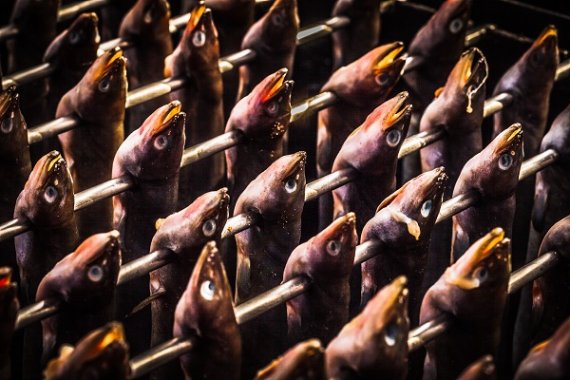A small proportion, about 10 percent, of Dutch eels live in heavily polluted parts of rivers and so they contain many dioxins and other persistent contaminants. Until the fishing ban in 2011 (for the polluted locations) the fish was simply eaten, especially of course by the fishermen themselves.
That’s why Van den Dungen is looking for about a hundred eel fishermen, aged between forty and seventy, who have eaten eel at least once a month in recent decades. They will be given in a brief medical check-up in the spring, which will involve giving blood. Van den Dungen will then see whether the chemicals that entered the body with the eel actually ended up in their blood. The chemicals she will be studying are those whose use in the past caused widespread pollution, such as PCBs and dioxins.
There’s still much to learn about the impact of this group of chemicals. Animal experiments have shown, for example, that their effects can be inherited by offspring. Scientists think this process depends on what’s called the epigenetic system. The chemical change takes place not in the genetic material itself but in the way in which it is ‘packaged’. This makes some genes less active and others more so

